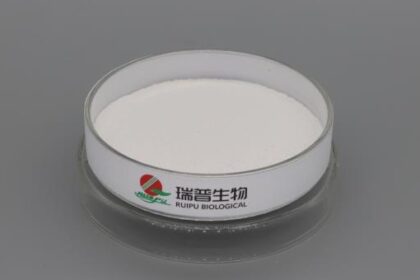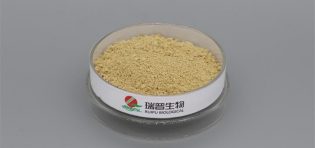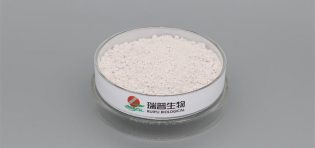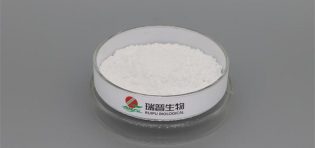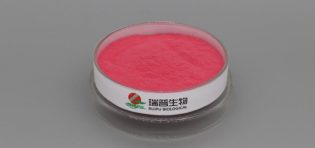
Tricalcium phosphate is commonly used as a calcium supplement in the food industry and as a calcium source in pharmaceuticals.The purity of tricalcium phosphate (TCP) can be determined through various analytical methods.Some methods that can be employed to assess the purity of tricalcium phosphate including X-ray Diffraction (XRD),Fourier Transform Infrared Spectroscopy (FTIR),Thermogravimetric Analysis (TGA),Inductively Coupled Plasma (ICP) Analysis,X-ray Fluorescence (XRF),Scanning Electron Microscopy (SEM),Titration,Differential Scanning Calorimetry (DSC),etc.
XRD is a powerful technique that can identify the crystalline structure of a substance.It can be used to verify the crystallographic structure of tricalcium phosphate, confirming its purity.
FTIR can be used to analyze the functional groups present in a sample.It helps in confirming the chemical structure of tricalcium phosphate and detecting impurities or other compounds.
TGA measures changes in the weight of a sample as a function of temperature.This technique can help identify the presence of water, carbonates, or other volatile components that may affect the purity of tricalcium phosphate.
ICP analysis can be used to determine the elemental composition of tricalcium phosphate, ensuring that it meets the specifications for calcium and phosphorus content.Impurities can be detected through this elemental analysis.
XRF is another technique for elemental analysis.It can provide quantitative information about the elemental composition of tricalcium phosphate, helping to identify impurities.
SEM allows for the examination of the surface morphology of tricalcium phosphate particles. This can be useful in detecting any physical impurities or irregularities.
Acid-base titrations can be employed to determine the calcium content in tricalcium phosphate. The titration is based on the reaction of calcium ions with a titrant, and the results can be used to calculate purity.
DSC measures the heat flow associated with thermal transitions in a sample.It can be used to identify phase transitions and assess the thermal stability of tricalcium phosphate.
It's common to use a combination of these methods to obtain a comprehensive understanding of the purity of tricalcium phosphate.It's crucial to follow relevant standards and protocols for each analytical method and consider the specific impurities or contaminants that may be of concern based on the intended use of the tricalcium phosphate.




